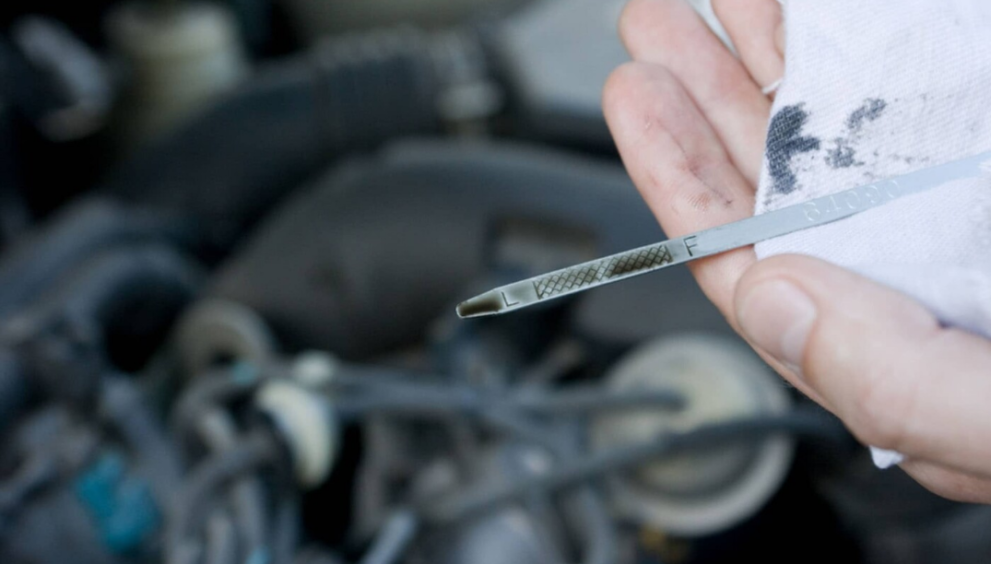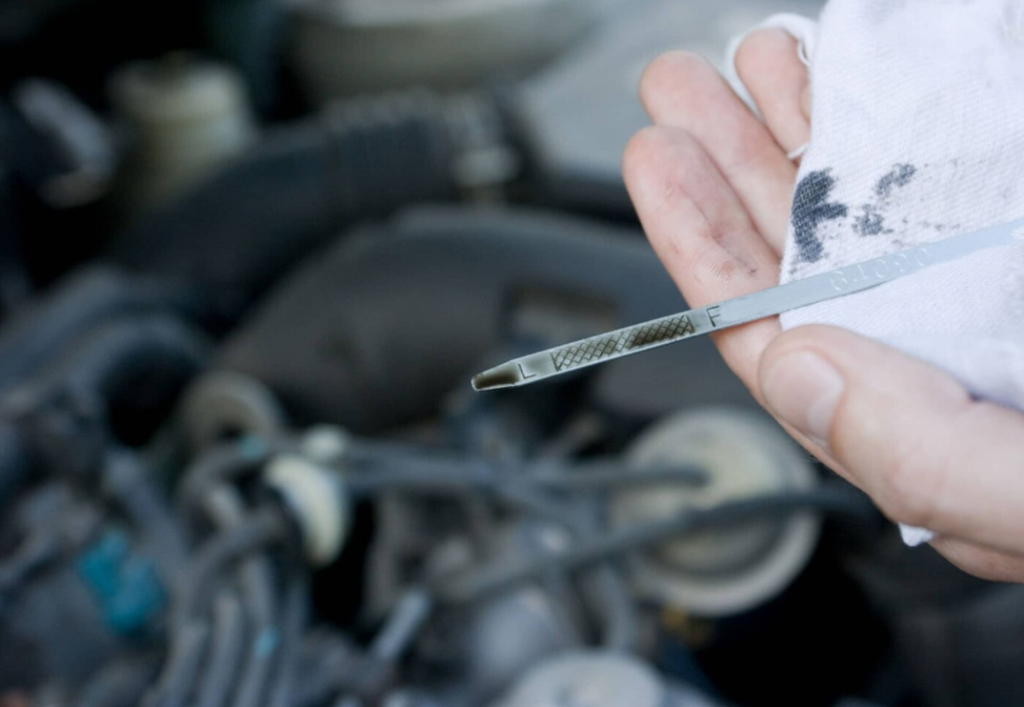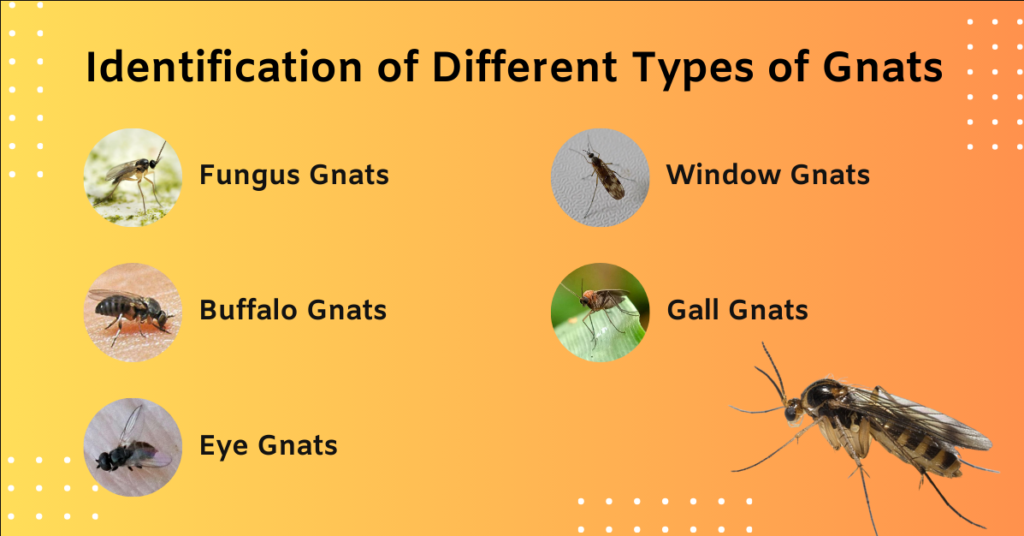How to Check Transmission Fluid: A Complete Guide

Introduction How to Check Transmission Fluid
How to Check Transmission Fluid Ensuring the transmission fluid is at the right levels is essential for how your vehicle runs. Transmission fluid is what lubricates the internal mechanisms in the transmission, reduces friction, and helps remove heat. Low or contaminated fluid can create transmission issues, poor performance or total failure. In this guide, we will guide you through checking transmission fluid, how technology has advanced and, common challenges, and, what the future holds for vehicle maintenance.
Understanding Transmission Fluid
What is Transmission Fluid?
Transmission fluid is a special kind of oil that is used to lubricate and cool transmission components. It helps to enable smooth gear shifts and prevents overheating. Note that there are different types of transmission fluid based on whether your vehicle has a manual or automatic transmission.
Types of Transmission Fluid
Automatic Transmission Fluid (ATF) – For automatic transmissions and continuously variable transmissions (CVTs).
Manual Transmission Fluid (MTF) – Used in manual transmissions and is generally thicker than ATF.
Synthetic Transmission Fluid – Formulated for superior performance and durability in demanding environments.
How to Check Your Transmission Fluid
Step-by-Step Guide
The good news is checking the level of transmission fluid is a relatively simple job that needs only a few tools. Follow these steps to check your transmission fluid levels:
Step 1. Park the Car on Level Ground
Make sure the vehicle is parked on a level surface in order to stop an erroneous reading. Set the parking brake for safety.
Step 2: Turn on the engine and warmup the transmission
For most vehicles, you should check the transmission fluid while the engine is running and warm. Adjust the engine to idle for 10-15 minutes.
Related: How to Help a Sweaty Transmission Sparks Customer Interest
The dipstick will be located near the engine bay, and it is usually labeled “Retransmission.”
If you have a manual transmission, there might not be a dipstick, and checking the fluid might involve removing a fill plug.
Step 4: Pull Out the Dipstick and Wipe It Clean
Extract the dipstick and wipe it with a lint-free rag or paper towel. This clears out old traces of fluid and allows for an accurate reading.
Step 5: Reinsert and Remove the Dipstick
Insert both arms up inside the tubes, and then remove them again. This will allow you to gauge the level of your fluid and how it compares to the (Full/Low) lines on your dipstick.
Step 6: Assess Fluid Quality
Good Condition: Red, clear no chunks of debris
It’s time to replace: It’s dark brown, has a burnt oder, or has metallic shavings.
7: Add Fluid If Needed
If low, top off with the transmission fluid specified in your vehicle’s manual. Add a little at a time and check the level again to avoid overfilling.
Insights Into Transmission Fluid Assessment
Digital Process Fluid Sensors
Today, many cars and trucks are equipped with digital sensors that monitor transmission fluid as well and alert the driver when maintenance is necessary. These sensors deliver instant data, minimizing the necessity for manual inspections.
Smart Diagnostic Systems
Modern vehicle diagnostics enable the onboard computer to assess their transmission health by looking at their fluid as well as other parameters, diagnosing potential issues before they manifest into major concerns. Most newer models offer these systems bundled with mobile apps to make monitoring easier.
Synthetic and Long-Life Fluids
Today’s transmission fluids are being developed to last longer between changes. Synthetic ATF is more effective at temperature changes and lasts longer.
Problems with How to Check Transmission Fluid
Vehicles Without a Dipstick
Find the car’s dipstick – if it has one (many modern sealed-transmission cars won’t have them). Somehead up, the maintenance of these vehicles can be a bit more complicated, as filling the fluids involves taking the vehicles to professional service.
Misdiagnosing Fluid Issues
However, transmission fluid leaks are often confused with engine oil leaks, causing improper servicing of the vehicle. It is important to note and differentiate what color it is, and in what conditions, so as to be able to make a correct diagnosis.
Transmission Fluid and its Environmental Consequences
Transmission fluid must be gotten rid of appropriately (it contains damaging chemicals). Some drivers do not have the responsibility to throw it in the trash, causing environmental pollution.
Transmission Fluid Maintenance: Trends to Watch.
Predictive Maintenance Fueled by AI
AI: Predicting Transmission Fluid Changes in Vehicles AI algorithms consider factors such as driving behavior, vehicle temperature, and fluid levels to give accurate maintenance suggestions.
Dynamic Transmissions $E_{P}^{det}$ $E_{P}^{det}$
Transmission makers are designing self-monitoring gearboxes that adjust their fluid viscosity and quality according to the driver input they see realtime so they suffer less wear and tear.
Transmission Fluids That Are Environmentally Safe
The ongoing research towards biodegradable transmission fluids can overcome the issue here. These new fluids provide the same performance as traditional ATF, but they have an environmentally-harmless breakdown process.
Frequently Asked Questions About How to Check Transmission Fluid
How often does transmission fluid safe to check?
Transmission fluid should be checked monthly or every 5,000 miles, per vehicle manufacturer’s recommendations.
What if I accidentally fill too much transmission fluid?
Overfilling the transmission can create too much pressure inside the unit, potentially causing leaks, overheating, and damage to internal components.
Can I drive with low transmission fluid?
Gear slipping, rough shifts, overheating, and in some cases transmission failure, can occur when driving with low transmission fluid. And definitely replenish it as soon as you can.
What are the bad transmission fluid symptoms?
If it looks dark brown or black, smells burnt, or has metal particles in it, it is time to get it replaced immediately.
Is transmission fluid used in electric vehicles (EVs)?
To add to this, most electric vehicles don’t use a traditional transmission fluid — they have a single-speed transmission. There are some hybrids that may continue to call for specific transmission fluids.
Conclusion
Maintaining and regularly checking it is crucial, as it can go a long way toward ensuring your vehicle passes that 200,000-mile mark. Believing that digital sensors, synthetic fluids and AI-driven maintenance systems will only make the process even more efficient.
Transmission maintenance may seem like a thing of the past in these modern times, where sealed transmissions present challenges to maintaining a healthy vehicle, but being aware of what lies ahead in the realm of transmission fluid can help drivers balance cost-effective, longer-lasting, and greener vehicles.
Whether you consider yourself a novice or an expert mechanic, by following best practices and staying on top of new innovations, you can prevent expensive repairs and keep your transmission running at top efficiency for many years down the road.
Welcome to our blog. We encourage you to get in touch CONTACT US!










































































































